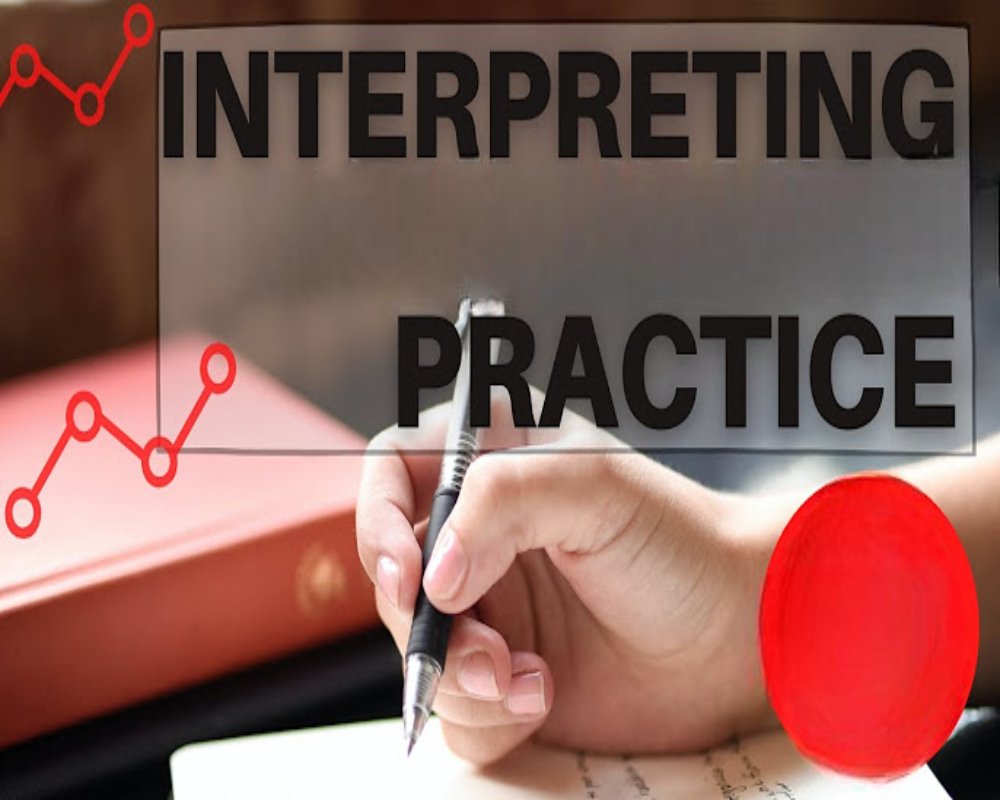Introduction
Zoning ordinances are the foundation of land use regulation, providing detailed rules about how property can be developed and used. However, these documents are often lengthy, technical, and open to varying interpretations. Establishing clear zoning ordinance interpretation practices ensures that these regulations are applied fairly, consistently, and transparently. Proper interpretation supports good governance, reduces legal disputes, and promotes trust among developers, property owners, and the public. Understanding how to systematically interpret zoning ordinances is essential for planners, zoning boards, municipal staff, developers, and community stakeholders.
1. Importance of Consistent Interpretation
Consistent interpretation of zoning ordinances is crucial for maintaining fairness and predictability in land use decisions. It ensures that similar projects are treated similarly, promotes public confidence in municipal processes, and helps avoid accusations of favoritism or arbitrariness. A clear and consistent approach supports orderly growth and responsible development.
2. Role of Zoning Officials and Administrators
Typically, local zoning administrators, planning directors, or building officials are responsible for interpreting zoning ordinances. Their job is to apply the written regulations to real-world projects, issue determinations, and provide guidance to applicants. Their interpretations must align with the intent of the zoning code and the broader goals of the municipality’s comprehensive plan.
3. Reading the Ordinance as a Whole
Effective interpretation requires reading the zoning ordinance in its entirety, not in isolation. Different sections of the ordinance often interconnect, with definitions, procedures, and standards influencing each other. Context matters: interpreting a specific provision should align with the overall structure, purpose, and regulatory framework of the entire ordinance.
4. Giving Plain Meaning to Words
Unless otherwise defined within the ordinance, terms should be given their plain and ordinary meaning. Where definitions are provided in the ordinance, those definitions control. Technical or ambiguous terms may require consultation with planning dictionaries, legal references, or case law to ensure accurate interpretation.
5. Prioritizing Specific Provisions Over General Provisions
If a conflict exists between a specific provision and a general one within the zoning ordinance, the specific provision controls. For example, a special regulation for a historic district would override a general sign regulation for the city as a whole within that district. Specificity provides clarity in applying rules to unique contexts.
6. Adhering to the Intent of the Ordinance
Understanding and applying the intent behind zoning regulations is critical. Many ordinances include statements of purpose for various districts or provisions. Interpretations should seek to fulfill these stated objectives rather than narrowly focusing on technicalities that undermine broader planning goals like promoting public health, safety, and welfare.
7. Use of Legislative History and Official Records
When ordinance language is unclear, interpreting bodies may refer to legislative history, staff reports, and meeting minutes from when the regulation was adopted. These materials can provide insight into the drafters’ intent and guide interpretation consistent with original policy objectives.
8. Deferring to the Zoning Board or Hearing Officer
Some zoning interpretations may be appealed to a zoning board of appeals (ZBA) or administrative hearing officer. These bodies act as quasi-judicial entities that can affirm, reverse, or modify zoning determinations. Their decisions establish precedents that guide future interpretations, ensuring consistency and legal defensibility.
9. Documenting Interpretations for Transparency
All formal zoning interpretations should be documented in writing, stating the facts, relevant ordinance sections, and rationale for the decision. Maintaining a record of interpretations promotes transparency, facilitates public understanding, supports administrative consistency, and helps defend decisions if challenged legally.
10. Reviewing and Updating Ordinances to Reduce Ambiguities
Regular reviews of zoning ordinances help identify ambiguities, contradictions, and outdated provisions that complicate interpretation. Municipalities should periodically update ordinances to clarify language, modernize standards, and align with evolving community goals. Clearer ordinances reduce the need for subjective interpretation and improve administrative efficiency.
Conclusion
Establishing robust zoning ordinance interpretation practices is essential for fair, transparent, and consistent land use regulation. By prioritizing clear reading, respecting ordinance intent, relying on definitions, documenting decisions, and involving appropriate appeals processes, municipalities can ensure that zoning rules are applied effectively and equitably. Thoughtful interpretation supports sustainable development, protects community character, and strengthens public trust in the planning process. As cities and towns face new challenges, strong interpretation frameworks will remain central to good governance and responsive urban planning.
Hashtags
#ZoningOrdinance #LandUsePlanning #UrbanDevelopment #ZoningInterpretation #CityPlanning #CommunityDevelopment #LocalGovernment #ZoningLaws #PlanningCommission #SmartGrowth #SustainableDevelopment #ZoningRegulations #PublicPolicy #UrbanPlanning #CommunityEngagement #ZoningIssues #LandUseRegulations #ZoningPractices #NeighborhoodPlanning #ZoningSolutions


